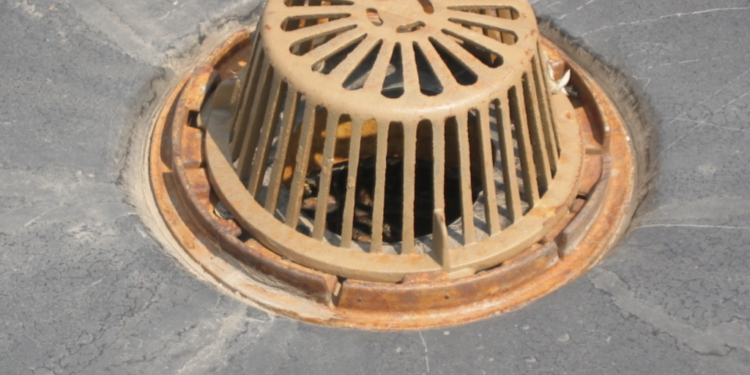Rainwater collection and drainage are essential components of a building’s drainage system. The tasks involved in this process fall under the scope of the team responsible for plumbing and drainage works. Rainwater goods is a general term for all products installed on the exterior of a building to protect it from the rain. These include gutters, downpipes, hoppers, shoes, and other related items. Fulbora, a specific type of rainwater collection point, also falls under this category.
One of the gutter systems commonly used is a concrete slab surrounded by a parapet wall. The rainwater collection points for this type of gutter are known as fulbora. Fulbora is also commonly used for flat roof rainwater drainage. After the concrete casting, the gutter area is waterproofed using APP (Atactic Polypropylene), and roof tiles are placed in such a way as to create a slope towards the fulbora points. This design ensures efficient water drainage.
Fulboras are strategically positioned at points that allow the connection to the downpipe to pass through the exterior side of the building’s wall rather than through the building itself. This positioning helps prevent potential water damage to the interior of the building. Fulboras provide a reliable, watertight vertical rainwater outlet.
They consist of a dome grating that attaches to the body (clamp) of the fulbora through a unique quick-action twisting mechanism, eliminating the need for clamping bolts. This feature simplifies maintenance and replacement of the grating, reducing the risk of losing any parts.
The roof membrane is usually secured to the outlet by a clamp that is serrated on the underside to ensure the integrity of the seal between the clamp and the body is not disturbed when the grating is removed for maintenance. The size of the fulbora typically factors in the area to be drained and the amount of rainfall expected. The commonly used fulbora has a flow rate of 10.7 liters per second.
Fulboras are a crucial element in rainwater drainage systems, especially in buildings with flat roofs or concrete slab gutters. Their design ensures efficient water drainage, easy maintenance, and reliable performance, protecting the building from potential water damage and enhancing the overall durability of the structure.
















